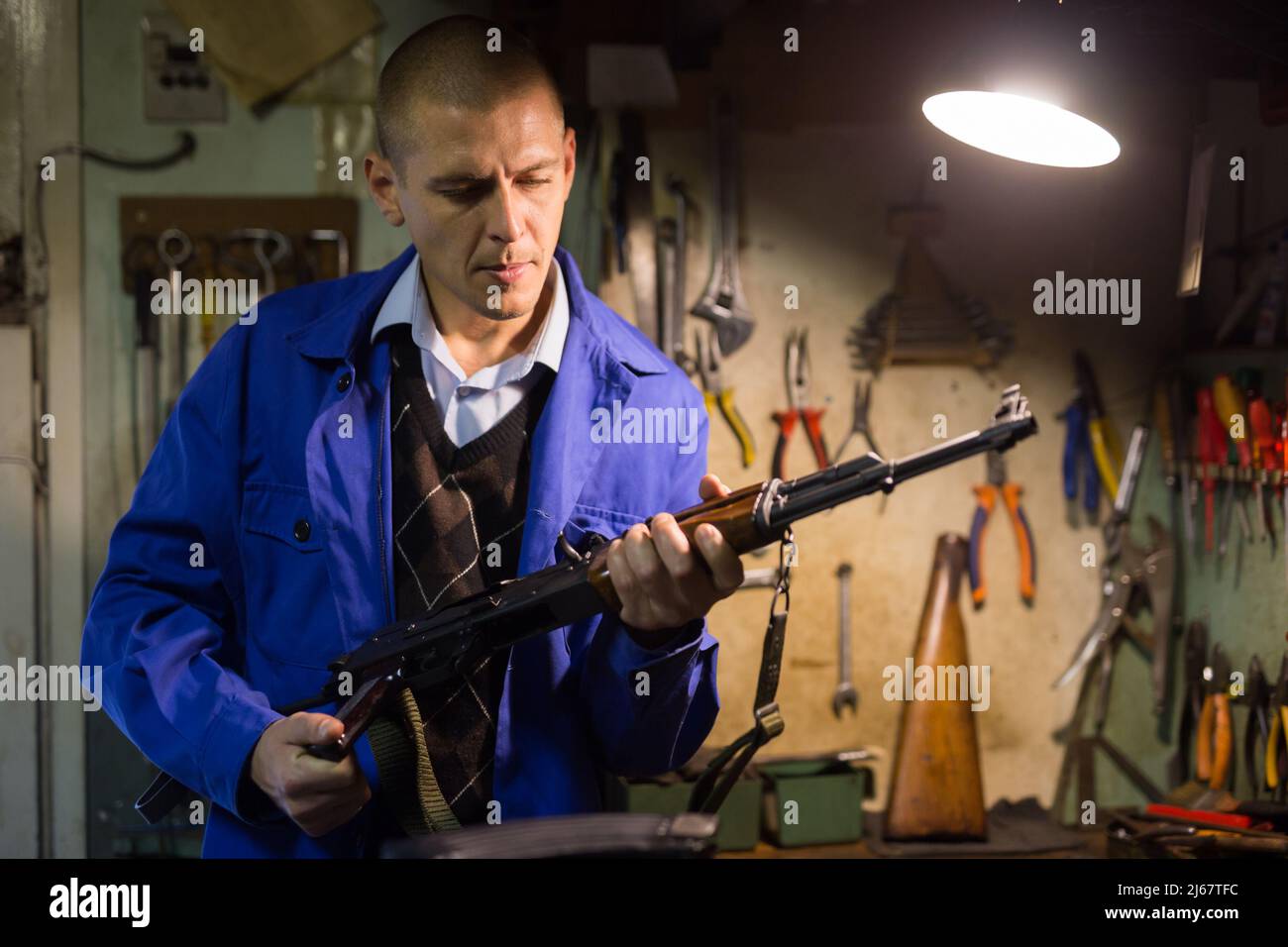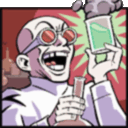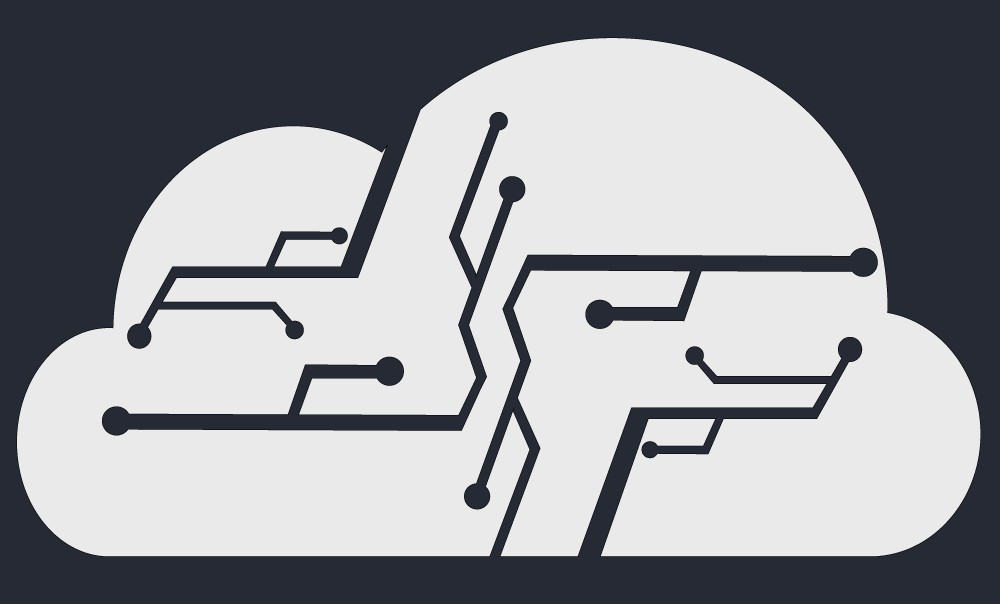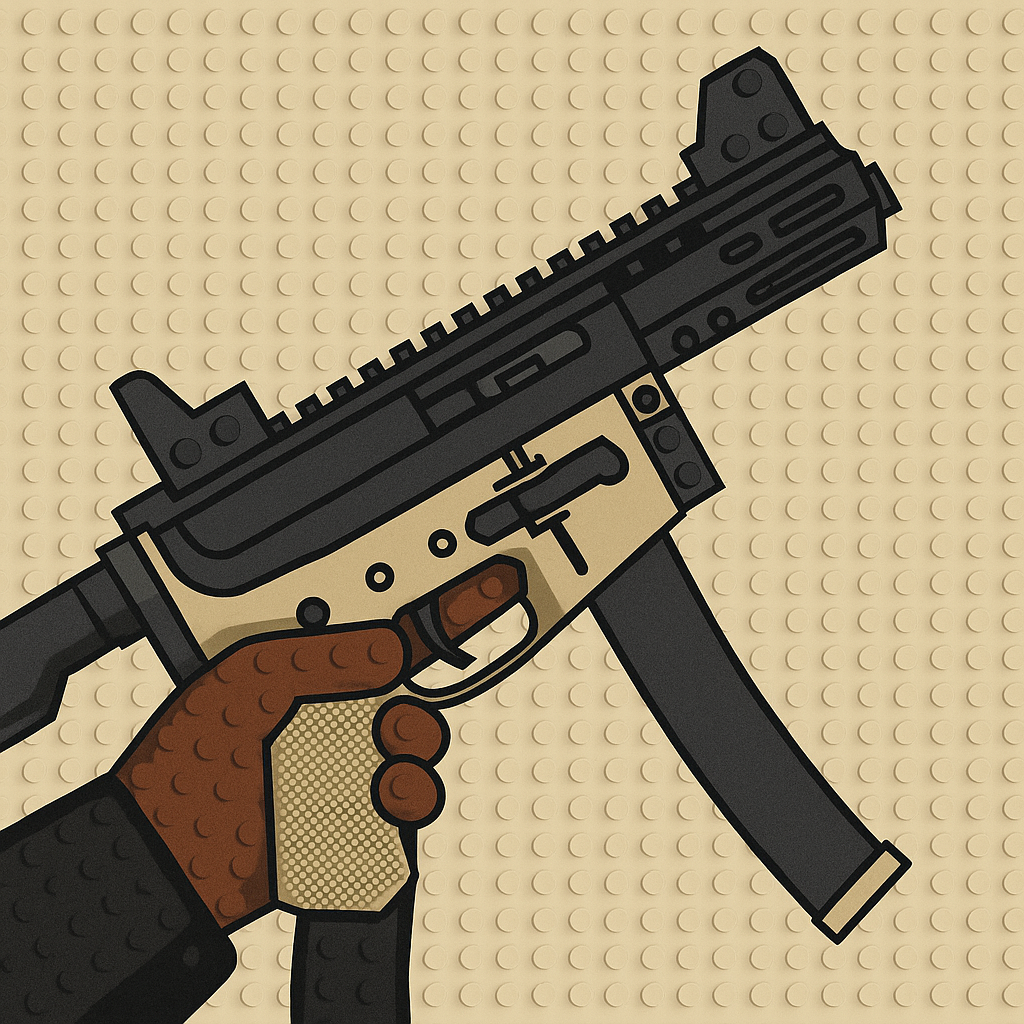Just posting to get on the forum try to become active. I was a long time lurker on r/fosscad. I was 80% builder initially, but have been going back and forth on 3d2a and buying a printer for the past 18 months or so. I finally broke down and bought a Bambu H2D on 26Sept, with delivery of 03Oct. I got on reddit a couple of days ago to a surprise, like many, Fosscad was wiped. Always a day late and a dollar short 😩😩. Thankfully I am in the discord and was able to find you guys again.
Hindsight 20/20 i should have been collecting build files and storing them offline just in case a issue like this arose. Anyways glad to have found you guys again. Hoping to school myself and start getting some projects running soon.
Any comments, suggestions, pointers, do’s/dont’s, hardware or software upgrades? I’m all ears!!
Glad to be here and thanks to the guys who put this all together so quickly. @TheShittinator@forum.guncadindex.com
Advice:
- Test and calibration prints are the difference between good and great prints. I probably printed 50 little test objects in the process of learning/tuning support settings alone. The Ellis Print Tuning Guide is a good (albeit a little advanced) resource: https://ellis3dp.com/Print-Tuning-Guide/ . I say “advanced” because not everything in there is applicable to all printers so you’ll have to put a little effort into learning what to use and what to ignore.
- Start with a reputable brand of PLA+ or PLA Pro. Skip the “artistic” filaments, and don’t bother with the engineering materials (nylons, etc.) until you have working builds in PLA+/Pro. I have plenty of experience with other materials and I still use PLA+ for the first time I print any design. Once I have 1000 rounds through something and I’m sure I want to keep it long-term, I might reprint in something more advanced. But I’ve thrown away several kg of parts over the last couple years because the print quality didn’t meet my standards, the design had problems, there were aspects I wanted to change/customize, or it just wasn’t that enjoyable to shoot. It hurts to trash $60+/kg parts.
- Learn some modeling. Blender for customizing STL files, your choice of CAD programs for design or major modifications. It’s really not that hard to learn (just different) and there are lots of good tutorials and even interactive teaching sessions. Customizing, not just building, is how you truly take advantage of the “open source” aspect of FOSSCAD.
I really appreciate the effort you and the other commenters have placed into the responses. Thank you for drop the print tuning tutorial. That is saved and I will start digging into it in the am. It’s seems the consensus is to take my time, be patient with it, and learn the proper way to use the software and hardware before diving deeper. All the the filament types, drying and proper storage, plate textures, etc… Really good ideas to search for interactive online learning and tutorials. I will take advantage of those as well. Learn to crawl, walk and then run 🫡
The best time was yesterday. The second best time is today.
Do:
- Invest in a good filament drier, one that will go up to 70c
- I personally recommend picking up a really good set of picks and a quality hobby knife. Sometimes supports are stubborn and are hard to remove from some tighter spots with just a pair of pliers.
- Actively work on fine-tuning the profiles for each filament after you have dried it. You can go a long way on the default orca/superslicer/bambuslicer profiles for PLA, but ultimately no 2 spools are alike so get used to printing calibration prints and updating your slicer settings accordingly.
- As others may have mentioned, do some other projects before diving into actually printing a firearm frame. You have built 80% frames, which is great experience for troubleshooting fitment. Now imagine working out tolerance stacking issues with your printer, filament, and parts all at once.
- If you decide to ask for help: post pictures and/or videos along with describing the problem, things you’ve tried that didn’t work, and include your print settings.
- If you want to participate in beta-testing: be extremely detailed about your testing and feedback on the process for the creator.
Don’t:
- Print nylon/abs in an unventilated space
- Try to fire frames that weren’t printed according to the README documents.
- Force parts together if the fitment isn’t more or less effortless. It puts extra strain on the parts and will lead to more failures of the prints.
Damn! Thank you for all of that! I have been investigating filament driers, this past week. Like useing a blast oven or repurposing a airfryer / dehydrator Vs buying like a Sunlu or Creality. I will def put together tools suggested, that’s a point I skipped, thinking I have a solid garage set up with hand tools, but tools more suited to finer work I will have to scoop.
I using a slicer program and those types of things I will heed your word and dwell there and gain experience there with tuning and calibration for clean final projects.
I work in process automation and my oldest son has just started 3rd yr of an EE program, so the printer will not solely be used for 3D2A. Primary use is really projects and prints for him. He has experience with CAD modeling with Blender and exporting to Prusaslicer i believe. So it’s more for him, and he is somewhat familiar. But has a lot to learn as well.
My plans are slightly different, haha. But I will plan on learning via non 2a projects until proficient and confident. I am def interested in learning as much as I can before starting to improve or success rate and really understand the process and intricacies of printing.
Your suggestions on what to provide in a help thread, as well as Beta testing, is duly noted, that will save me a lot of heartache and flaming. The DONTS will be in the forefront for sure, when health risks are involved.
TY again.
Something i learned recently too, if you are using a fan or A/C in the same room as your printer, it CAN cause your prints to not stick as well because of the draft from it. An enclosure can prevent this though (even one of the cheap ones from Amazon)
Damn, That is good to know!! Interestly enough, the room I will be working in can be drafty at times. So this possible saved me a heck of a lot of heartache and troubleshooting, if it became an issue. The shared knowledge from this group is awesome, very grateful i started here!!
Bro u just spent hella money on a H2D, go look on print a 22 website and find a cool project u wanna work on AFTER learning printing basics Also u don’t need ANY fuccin upgrades after getting a H2D, print a benchy, print some calibration cubes, learn slicer settings, USE ORCASLICER, do a fun .22lr project and maybe a Glocc, real entry level projects then after that just jump in the deep end
“u don’t need ANY fuccin upgrades after getting a H2D, print a benchy, print some calibration cubes, learn slicer settings, USE ORCASLICER, do a fun .22lr project and maybe a Glocc, real entry level projects then after that just jump in the deep end”
I went bit wild on the printer, it seems. I will settle down into learning mode with the very basics, as you and others have said. I def want to become proficient before going to something like 3d2A. Thanks for your input, I will take your advice.
Aye man I’m jealous u got tha money bro, just sayin make sure u get those settings down pact, H2D is lil more than overboard than what you need here but if u get real proficient you can do sum crazy projects, trust the proces, be one with your printer, then sail the odd sea 🫡
💯 that is the path!! thanks brotha, appreciate you!
🫡🫡pay it forward when u can
Absolutely!
Hell yea! thats mad hype, print a launcher if you want some cool, cheap projects! i personally recommend a 15mm but they all rock
I was always curious about them. I would imagine people manufacture (scaled to 15mm) cartridges similar to the 40mm m781 “practice” cartridge, they fire from the m203?
Brother, a Bambu H2D is way more expensive than you really need. If you’re still able to, cancel that and pick up a Elegoo Centauri Carbon ($300 from their site). It’s enclosed, comes with a hardened hotend to print Carbon Fiber Nylon, and learn on that
Yeah man, I went a bit nuts. I should have mentioned that this primarily for my son and engineering projects for his education. The 3d2a is secondary, that more of my personal side project / interest. I was looking at Bambu mostly for ease of use / hit the ground running with minimal learning curve for him. While i sit in the background learning. We were going to get a x1c, then the H2S came out. He ended up talking me into the H2D… I could have said no and saved myself a ton. Ehhh I have blown money on worse.
I will for sure take the time to consider your idea of a Elegoo Centauri Carbon. I will take a look!
You wont regret the bambu. I got the P1S but it’s lightyears ahead of the competition. Planning on getting an H2D some time in the future. You made the right call imo.
I think I’m more excited about this endeavor, than my son 😆 I guess it’s school work for him. But really the sky’s the limit here. I’m amped up, I have been reading like crazy.




